WHY YOU NEED A PROSTHODONTIST?
The complete smile of the people is saved. Performed by specializing dentists, Veneers aesthetically improves teeth to look better and more presentable, while bridges, caps/crowns normally restore function such as chewing and obtaining a balanced smile. Dental Implants will alter tooth/teeth loss for both function and aesthetics purposes.
- You are missing one or more teeth. improve smile with prosthodontics.
- Braces patientsYou are interested in dental implants.
- Braces patientsYou wear dentures or removable partial dentures.
- Braces patientsYou want to improve the esthetics of your smile.

BRIDGES
Traditional methods to replace a missing tooth or teeth include the fabrication of a bridge. To replace a missing tooth with a bridge, at least one tooth on either side of the space created by the missing tooth must be prepared for a crown. Then a false tooth is joined to the crowns, and the entire structure is cemented to the prepared teeth. The patient cannot remove the bridge, and special aids are available to keep it clean.

CROWNS/CAPS
Crowns cover or “cap” a tooth to restore the normal function and appearance of the tooth. Crowns may be made as all metal, porcelain fused to metal or all-ceramic (porcelain). Crowns are indicated for teeth with very large fillings, teeth that have had a root canal, fractured teeth and misshapen and/or discolored teeth.
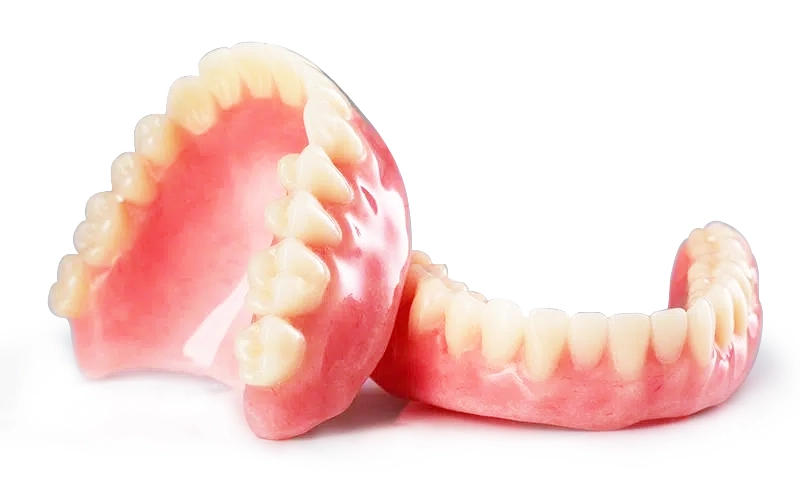
DENTURES
When a patient no longer has any natural teeth, complete dentures are the traditional method to restore function and appearance. Many patients experience difficulty wearing conventional dentures because of poor stability and decreased chewing function. The use of dental implants to improve the stability and retention of dentures is becoming quite popular.
With or without teeth, your mouth slowly changes as you age. But people who have no teeth on average lose 1/3 mm of jawbone height each year. Sometimes that loss is greater due to certain medical conditions such as osteoporosis. As our jawbone shrinks, so do our gum tissues (sometimes referred to as ridges). Ridges can shrink up to a quarter-inch in 10 years!
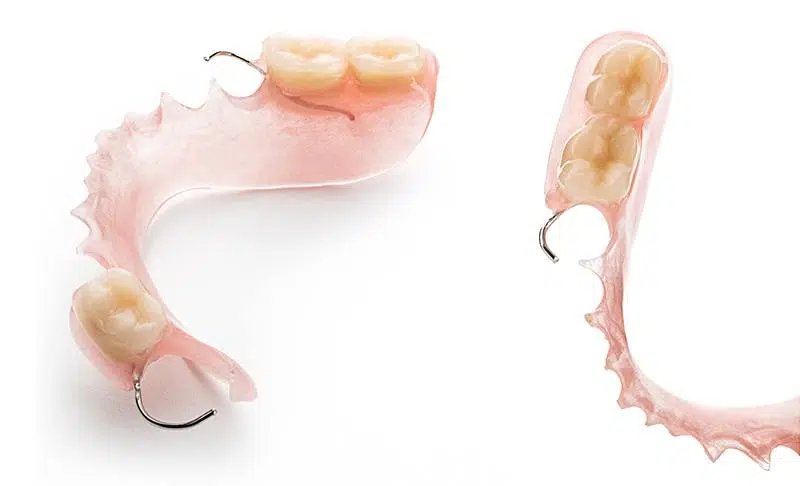
REMOVABLE PARTIAL DENTURES
When there are multiple missing teeth, weak anchor teeth or no posterior teeth to anchor on, a removable partial denture is used to replace teeth. These restorations typically are made of a metal framework and a plastic base with teeth. They must be removed for daily cleaning and at night.
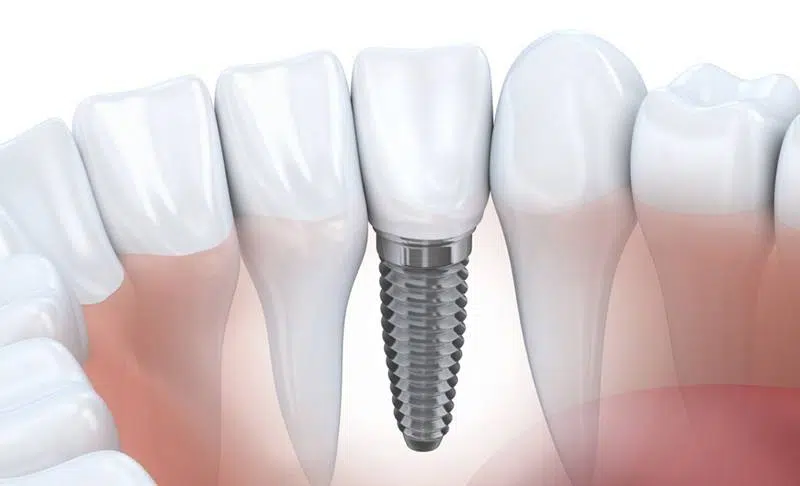
DENTAL IMPLANTS
Today’s dental implants are typically made of titanium and may be parallel-sided or tapered and may or may not have threads. These fixtures are placed into the jawbone and allowed to heal until they are “integrated” into the bone. Dental implants may be used to replace one, many or all of a patient’s teeth.
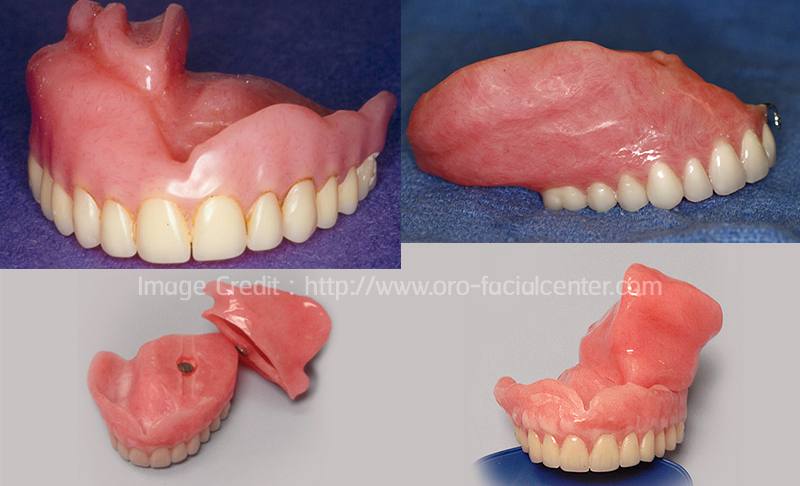
CLEFT PALATE/OBTURATOR
Many cleft lip and palate patients exhibit missing teeth in the area of the cleft and would benefit from a prosthodontist’s care in the management of these areas. Although most cleft palates are now successfully closed surgically, there are patients who require an obturator to close the palatal defect, whether it is congenital or acquired. A prosthodontist.
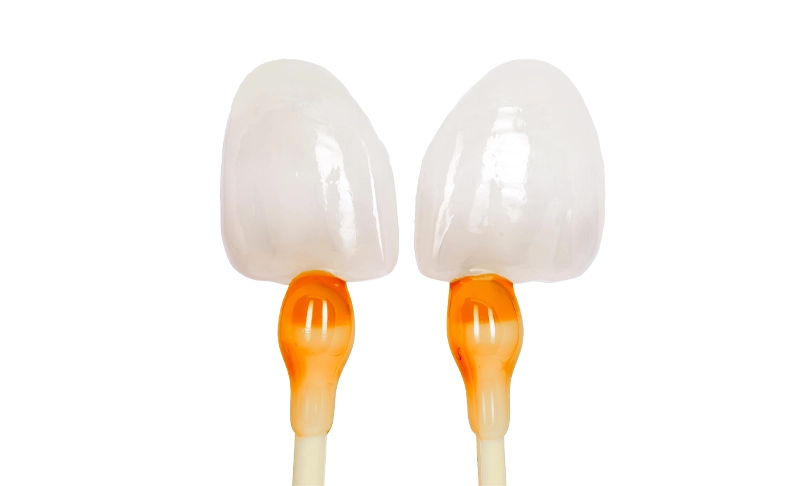
VENEERS
Porcelain veneers are used to modify the shape and color of teeth. Veneers are thin shells of porcelain that are etched and then bonded to the enamel of the teeth. Tooth preparation is necessary to avoid over bulking of the tooth, but it is limited to the enamel and usually involves only a few surfaces of the tooth.
GETTING STARTED :
Restorative Dentistry
STEP 1
Find a certified prosthetic dentist
STEP 2
Dentist will treat the area and install temporary fixtures
STEP 3
Waiting for healing period
STEP 4
Finalizing of prosthetic fixture
F&Q : Restorative Dentistry
Q: How many crowns can be done?
A: It is possible too have many crows as long as the crowns are properly diagnosed to be needed and the crowns are not poorly made
Q: How long does a crown last?
A: Depending on the patients’ lifestyle and oral habits, typically a crown can last for up to 5-8 years.
Q: Which is better, Dentures or Implants?
A: When a person has enough jaw bone to support implants, implant will be the better option for stability and functionality. Otherwise, denture is always a decent option.
For those who are interested in orthodontics and cosmetic dentistry at reasonable prices Denta-joy Dental Clinic is a specialist in this field. We are ready to provide advice and treatment by specialist doctors. You can ask for more details at
Line Official: @dentajoy
โทร 095-491-8659
